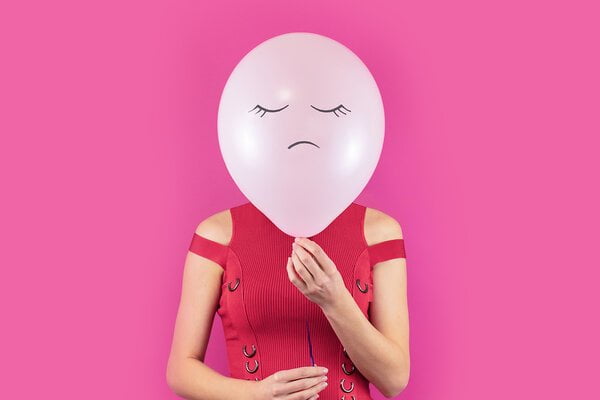Endocrine Disruptors In Beauty: A Cosmetic Chemist Breaks Down The Problem

In clean and natural cosmetics, there are a few classes of ingredients we tend to flag. Environmental toxins are those that cause harm to the planet, such as cyclic silicones which have been shown to bioaccumulate in our water supply when they swirl down the drain. There are drying agents, like sulfates and some types of alcohols, that disrupt your skin barrier, damage the microbiome, and cause microscopic inflammation. Allergens and irritants can cause skin sensitivity over time, perhaps even leading to inflammatory skin conditions when you’re older. Then there are carcinogens, which despite having links to diseases and cancer, still show up in many traditional beauty products (albeit less so now).
And, of course, there are endocrine disruptors. If you pay attention to the well-being industry, you’ve likely heard this term come up. Certainly it holds space in clean beauty, but it does too with plastics, household goods, food, and elsewhere.
And so often when I look into these ingredients—or chat about them with others—one counterpoint is always brought up: We can’t seem to nail down, with definitive proof, what exactly they do to the body and which ones are the worst offenders. And if I’m being honest: No argument there! These are certainly a tricky class of ingredients.
But that’s why chatting with clean cosmetic chemist Krupa Koestline (on a recent episode of Clean Beauty School) was so illuminating. Here, she explains why endocrine disruptors are just so hard to deal with in the beauty industry.
This article was originally published by mindbodygreen.com. Read the original article here.




